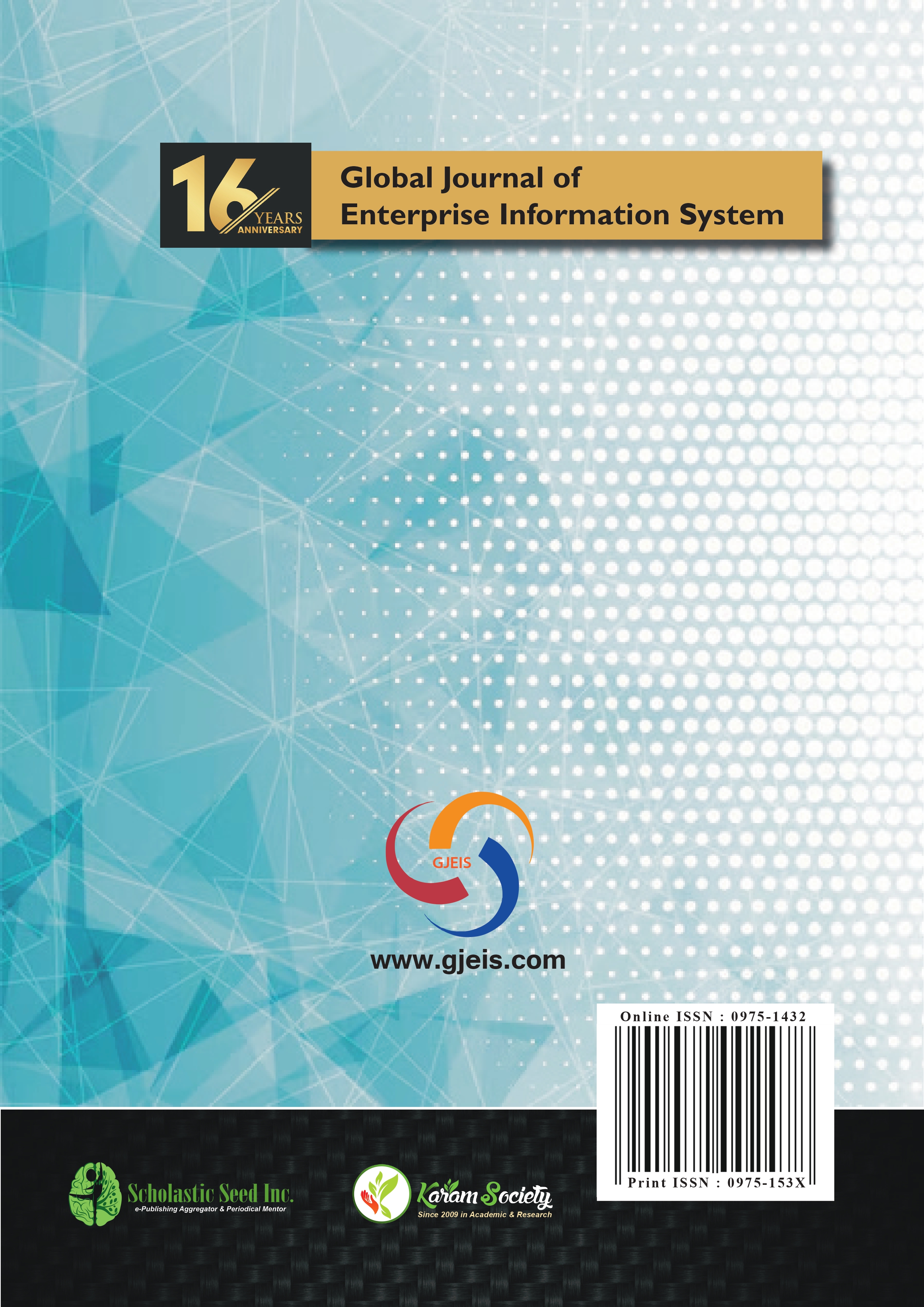Implementing Exoskeleton to Re-Enable the Disabled: A Review
Abstract
With the growing trend of robotics, curiosity in exoskeletons field has increased speedily. People with disabilities suffer from many
social and mental pressures due to exclusion from society just for being different from normal human beings. Hence, the usage and
purpose of robotic technology trims down this segregation and promote vocational incorporation. Having attempts made for the
last five decades, researchers still face many challenges in the field of exoskeletons. Exoskeletons are used not only to provide movement to the user but to enhance the motion of disabled limb also. Therefore both humans and exoskeletons maintain a symbiotic
relationship. Challenge for researchers is to offer precise and accurate performing exoskeleton with negligible chances of failure
for human operator. In this review article, authors attempt to highlight significant advances in the field of upper-limb exoskeletons,
challenges pertaining to them and aims at suggesting concrete solutions to the difficulties encountered so far.
Copyright (c) 2020 Global Journal of Enterprise Information System

This work is licensed under a Creative Commons Attribution-NonCommercial-NoDerivatives 4.0 International License.








